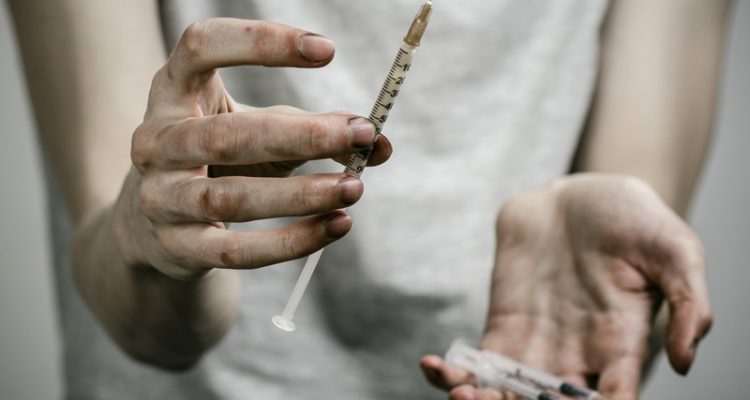For a while, Gabapentin was marketed as a non addictive painkiller. Unfortunately, doctors, scientists, and addiction researchers have since found that this is not true. Like most medications that ease tension and kill pain, Gabapentin actually has a significant abuse potential.

What Exactly is Gabapentin?
Gabapentin was originally developed as a drug for epilepsy. Due to its other properties, it gradually moved towards off label uses such as pain control, anxiety, and other mood disorders. These uses are allowed but not what the drug was developed for. It works on different neuroreceptors as other medications but treats the same disorders. This made it very useful for those who were addicted to medications that are more traditional such as opiate based medications that are highly addictive.
How did Gabapentin Become a Drug of Abuse?
Since Gabapentin is useful in treating people who already have a propensity for addiction, it is not hard to see how those people may abuse Gabapentin. This may have been how people began taking it recreationally. Gabapentin produces feelings of calm, wellness, and euphoria. It also improves sociability and creates a marijuana like high.

Since Gabapentin is not a controlled substance and is relatively easy to get, it is not difficult to make the connection between this and people beginning to use Gabapentin for more than what it was prescribed for. Unfortunately, the signs of this happening were not immediately evident because Gabapentin is not traditionally physically addictive like heroin is. It is however psychologically addictive. This means simply that you can get so dependent on how it makes you feel that it interrupts your normal everyday functioning. This is a sign that you are developing a Gabapentin addiction.
Gabapentin Causes Withdrawal
Although most doctors believe that there is no physical addiction, there are some very physical signs of Gabapentin withdrawal. This withdrawal includes both psychological and physical symptoms. Some of these symptoms are:
- Pale skin
- Shaking
- Sweating
- Protrusion of the eyes
- Irritability
- Depression
- Irrational anger
- Anxiety
- Disorientation
- Tachycardia
The actual full withdrawal symptoms have not been studied extensively as this is a relatively new form of addiction.
Treatment for Gabapentin Addiction
If you are using Gabapentin recreationally or using more than your prescribed amount of Gabapentin, there is a good chance that you are suffering from addiction. Since this drug has been identified as an addictive substance, there are treatments for this addiction.

Doctors and addiction specialists have had success with using a combination of supportive medications to ease withdrawal symptoms and therapy to treat Gabapentin addiction. The therapy usually consists of a combination of:
- Cognitive behavioral therapy
- Individual talk therapy
- Group therapy
- Dialectical behavioral therapy
- Family therapy
There are many more types currently in use and these types are often combined to make a more complete treatment program. Therapy helps you discover the cause of your addiction and deal with the consequences. Once you find the cause, you can work on finding healthy alternatives that achieve the same effect.
 Living With Healthy Hunger Health Blog
Living With Healthy Hunger Health Blog

